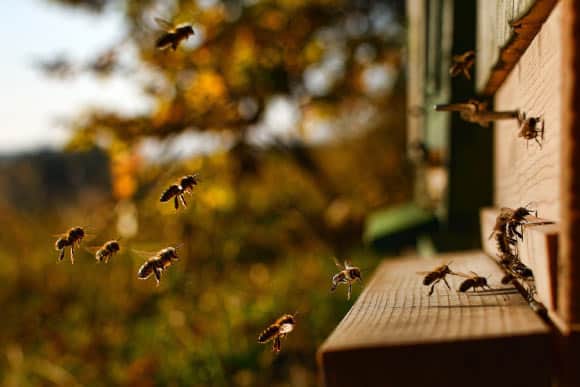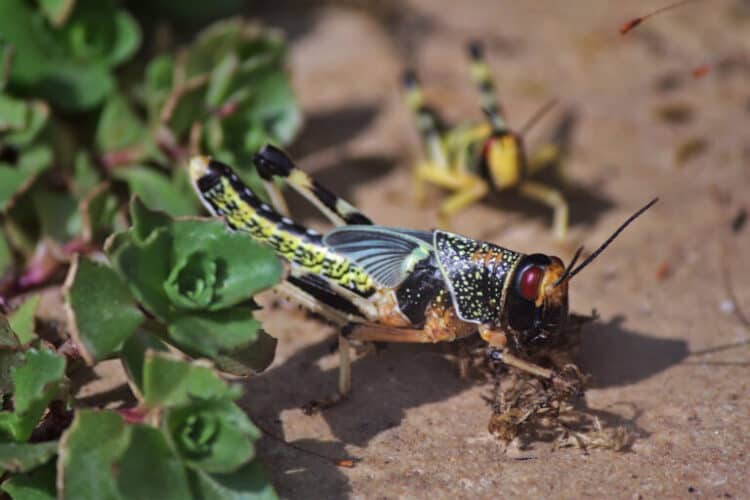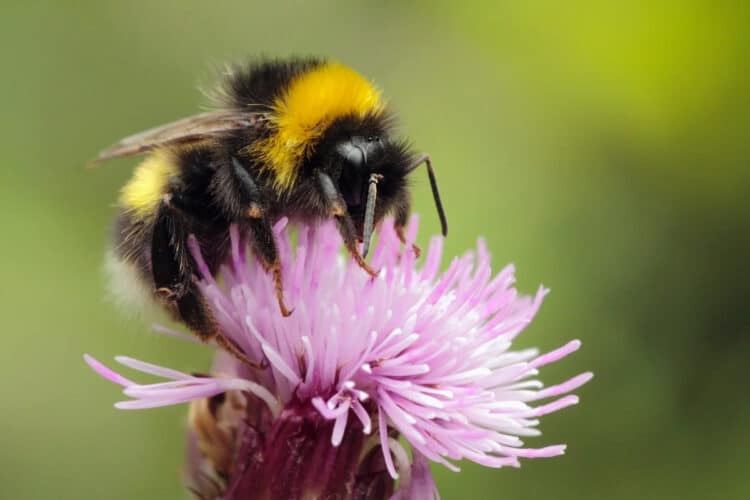The declining honeybee population has been a cause of concern for some time. As an essential pollinator, the honeybee is responsible for pollinating crops that all animals eat. Multiple species would die off without these cute little bugs, so we need to pay our respects to the honeybees. To help feed these pollinators, you need to plant nectar abundance flowers.
Bees Aren’t Picky, but They Have Preferences
Honeybees are willing to remove the nectar from most plants, but they do have their favorites. What’s so interesting about the honeybee is their taste preference, as hives will remember how sweet honey tastes after multiple generations. To attract honeybees, plant the following.
Milkweed
Honeybees love, love, love milkweed, and so do Monarch Butterflies. These popular orange perennials are actually enjoyed by the whole neighborhood, so expect a few exotic birds to stop by. If you plan on growing milkweed outside, pre-plant the seeds first as animals like to eat them.
Calendula
The calendula flower is an edible plant you can put on salads and ice cream, but you may need to fight the honeybees for it first! This flower is rich in pollen and nectar, which attracts wild bees, honey bees, butterflies, and other pollinators. They’re able to grow to about 60cm.
Sunflowers
If you’re looking for summer flowers to inspire happiness, look no further than the Sunflower. These plants are just as yellow as the honeybee, which may have attracted them to the flower in the first place. The honeybees stayed for the nectar and pollen, which is sugary sweet to bees.
Mint
Adding mint to your backyard will attract many pollinators, as the smell is irresistible to them. Butterflies are more entranced by the nectar, but the honeybee won’t mind taking a few extra bits. Plus, mint leaves are an essential part of human hygiene, teas, and baked goods.
Bees Are Attracted to the Color Purple and Blue
Bees really seem to like purple, and this is backed by science. According to beekeepers, bees are more likely to be attracted by flowers that are either violet, purple, or blue. So if you plant any of the following purple flowers, you’ll get a lot of honeybee visitors in your backyard.
Lilacs
Honeybees and butterflies love lilacs for their intoxicating fragrant and delightful nectar. Lilacs are easy to plant, grow, and separate, plus they come in over 7 colors. Just like honeybees, lilacs aren’t picky and will grow just about anywhere as long as the soil isn’t soaked.
Wisteria
If you live in North America, you’ve probably come across a Wisteria vine. These oversized trees are a vibrant purple and super attractive to honeybees who are enticed by their fragrance. If you have one of these in your backyard, count yourself lucky because animals love Wisteria.
Lavender
Another purple plant with a strong fragrance, lavender, is known for helping humans sleep and providing honeybees with ample amounts of food. Lavender is easy to grow in North America; just keep it away from your pets. Some parts of its leaves are toxic to cats in small doses.
Bergamot
While not the prettiest flower, they attract bees by the hive because they bloom in the later summer. By then, most flowering plants have already died or contain no more nectar, so the bergamot plant comes to the bee’s rescue. Bergamot produces a lot of seeds for self-sowing.
Bees Love Easy-to-Grow WildFlowers
You don’t have to have a green thumb to attract bees. In fact, honey bees are pleased sniffing around wildflowers that humans either kill with pesticides or trample over. If you don’t have an interest in gardening, but you still want to help the bees, plant the following:
Dandelion
Planting dandelions? Please, I have a million of these in my backyard! Keep your dandelions around for your honeybee friends to snack on, and they’ll thank you for pollinating our food crops. Dandelions can be eaten by humans and are great for lowering blood pressure.
White Clover
Clover is grown naturally on most lawns, but you can buy grass seed with the flower inside to add some spice to your yard. You’ll have no problems attracting bunnies with clover, as they love to sink their teeth into them. They bloom in the summer and are usually eaten by fall.
Viper’s Bugloss
This wildflower with a cool name grows in the summer and produces nectar throughout the day, not just in the morning. Their dense blue spires offer superb comfort to honeybees which can rest on their pedals as they feast and enjoy the pretty colors.
Dog Rose
Despite its wildflower and weed status, the dog rose is a gorgeous pink and purple flower that looks like a rose if you pull all the pedals out. This climbing rose variety is very tasty to squirrels, birds, and honeybees. Humans can eat them as well, as they provide a rich source of vitamin C.
Lead Image Source: Jack Hong/Shutterstock.
Wildlife need your support
Support ‘Fighting for Wildlife’ by donating as little as $1 – It only takes a minute. Thank you.






Leave a Reply